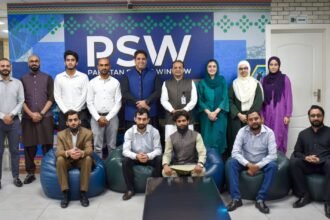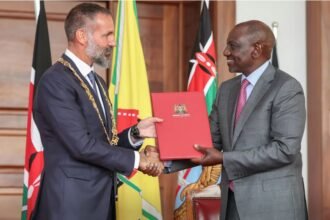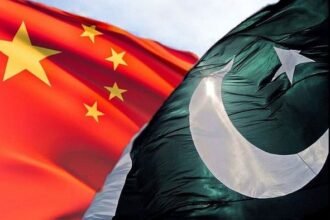Every day, media outlets generate discourses that are readily consumed by the public, often without critical thought.

By: Mir Mansoor
Media plays a significant role in shaping public perception and influencing societal discourse. While it has the power to inform and educate, it also possesses the ability to distort narratives, reinforce stereotypes, and even damage individual lives and community identities. A powerful example of this is depicted in the movie Sanju, where a single newspaper headline dramatically alters the course of the protagonist’s life. Despite his efforts to prove his innocence and clarify the truth, a mere question mark in the headline regarding his alleged connection with RDX went unnoticed by the masses. His best friend also realized the misinterpretation and its consequences much later—by then, the damage had already been done.
This example highlights how seemingly small elements in media messaging can lead to severe, often irreversible consequences. Such manipulations are not isolated incidents. Every day, media outlets generate discourses that are readily consumed by the public, often without critical thought. These narratives, while sometimes subtle, have long-lasting effects on societal attitudes. One prominent example is the persistent use of the term “interior Sindh”—a phrase that has now become a normalized part of conversation across Pakistan. It is rarely questioned, yet its implications are profound. Every province has its own rural areas, but we do not hear terms like “interior Punjab” or “interior Peshawar.” Why, then, is Sindh uniquely associated with the word “interior,” and what does this suggest about our collective biases?
This term, though seemingly benign, contributes to the marginalization of an entire region and its people. It reinforces an urban-rural divide and subtly portrays areas of Sindh as backward or less developed, irrespective of the realities on the ground. It is a linguistic marker that perpetuates social hierarchies and fuels cultural discrimination.
I encountered this issue firsthand during a routine visit to Tabba Hospital in Karachi. After my mother’s check-up, a lab technician casually asked, “Did you come from the interior?” I responded assertively, “What do you mean by ‘interior’? Are you suggesting I’m now in the ‘exterior’?” My response drew support from those present, and it led to a thoughtful discussion. I used that moment to explain the problematic nature of such terminology and urged everyone there to challenge it whenever they hear it used.
This experience reinforced a powerful lesson: each of us has a responsibility to critically examine the language we use and the narratives we accept. Media may shape the discourse, but we, as consumers and citizens, have the power to question, reshape, and resist harmful stereotypes. The casual use of terms like “interior Sindh” should not go unchallenged. Instead, we must ask ourselves: What does this phrase mean? Why is it used selectively? And what impact does it have on our collective consciousness?
By holding ourselves and others accountable, we can begin to dismantle the subtle forms of discrimination embedded in everyday language. It is only through awareness, dialogue, and reflection that we can strive toward a more inclusive and respectful society. It is important for the people of Thar also to recognize that promoting a narrative which glorifies Thar only, rather than in the context of Sindh as a whole, can be detrimental to future generations, as it risks fostering division and undermining collective cultural identity.
The writer is a contributing columnist based in Hyderabad; he can be reached at mangriogul@gmail.com










